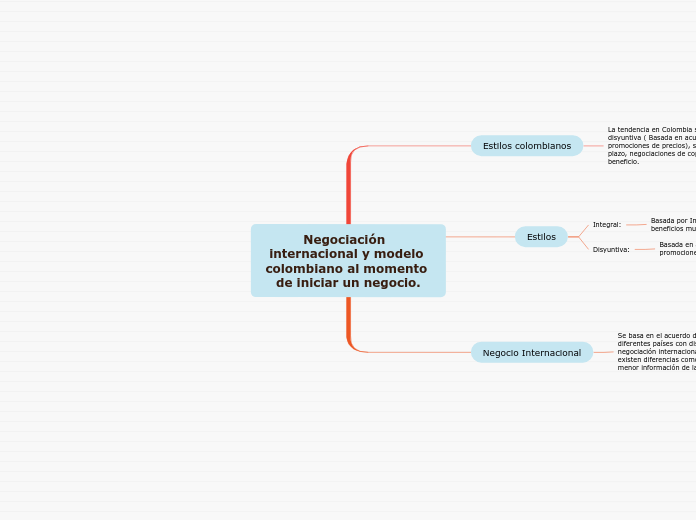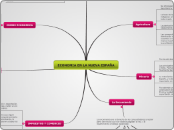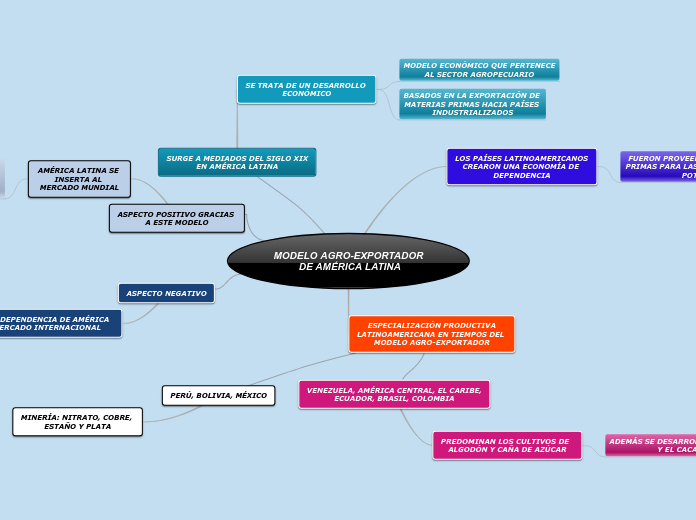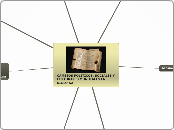Negociación internacional y modelo colombiano al momento de iniciar un negocio.
To name your story, you have to think about the overall message and what you want your audience to understand from the story. Also, make it relevant and easy to remember.
Negocio Internacional
The ending of a story is essential. We all know that if the ending is weak, what happened before loses its importance. So make it unpredictable, but fair. A resolved ending answers all the questions and ties up any loose threads from the plot.
Se basa en el acuerdo de partes convenientes de diferentes países con distintos mercados. La negociación internacional es del mismo país ya que existen diferencias como un marco legal distinto, menor información de la otra parte.
This is the closure section of the story.
See examples of possible outcomes below:
- all problems have been solved
- it's clear how each one of your characters ends up
- your main character is transformed by the challenge
Desinformación de la contra parte, cuando se contemplan mercados extranjeros se distorsiona la información que pueden generar fraudes al cliente
Try answering these questions in order for you to come up with a closure:
- Have all problems been solved?
- Is it clear what happens with all your characters in the story?
- Has the challenged transformed your main character?
- How do the characters feel in the end?
Cambios drásticos teniendo en cuenta las situaciones generadas en el país en economía así se trate de economías en vía de desarrollo.
Marco legal distinto: Negociación que esta basada a normativas legales comerciales y técnicas de cada país y este hecho podrá retrasar el acuerdo.
Try answering these questions to come up with a closure:
- Have all the problems been solved?
- Is there a clear picture of what happens with each character in the story?
- Has the challenge transformed your main character?
- How do the characters feel in the end?
Estilos
The middle of the story is where you add layers of complications that will lead to the end. Reveal more about the character's journey. Did their personality go through changes? How did they overcome the challenges? And as you build up the story’s central conflict, make it more personal to that character. Also, from the middle act, you have to lead into the final act.
Disyuntiva:
There wouldn't be any tension and excitement in your story if there weren't any obstacles in your character's way.
Basada en acuerdos de rebajas o promociones de precios
A story is nothing more than a character overcoming a series of difficulties to reach the desired goal. Obstacles usually create suspense and conflict. In overcoming obstacles, there is growth: weak becomes strong; hatred turns into love; sadness into happiness; wrong into right; lies into truth; or evil becomes good.
See a few examples below:
- stopping a meteor
- finding a killer
- finding love
Integral:
Your character(s) need(s) motivation in order to solve the challenge(s).
Basada por Interés, Principios corporativos y beneficios mutuos.
Why does your character need to confront this challenge? What does he/she expect to accomplish by solving it?
See a few examples:
- will marry in 3 days
- can fix the mistakes of the past
Estilos colombianos
In the beginning of the story (or the exposition), you will need to introduce the setting and characters. You might also want to introduce the main conflict. This part of the story is important because it gives the reader necessary background information and maybe even a first insight into a character’s personality.
La tendencia en Colombia se refiere a la línea disyuntiva ( Basada en acuerdos de rebajas o promociones de precios), se plantean pagos de corto plazo, negociaciones de copago y estrategias de beneficio.
The setting (time & place) of a story can change throughout the plot.
Psicología al consumidor
Sensory details include sight, sound, touch, smell, and taste. These details are important because they create depth in your setting.
See a few examples below:
- the smell of fresh bread
- the scent of freshly cut grass
- rain falling onto the windshield etc.
Estrategias de marketing
Cuotas de bajo interés a largo plazo
Percepción de la contra parte
The weather is an important element in your story because it can highly influence the ambiance and the mood of the characters.
Colega
Does your story include catastrophic weather? See a few suggestions below or add your own:
- hurricane, earthquake, storm, etc
Tipos de acuerdos
The time of the story can also change. It can describe the event of a single day or can include an entire year's plot. Anyway, don't forget to mention it.
Legales
Escritos
Quien negocia?
Your story can take place wherever your imagination will take you to.
For example: in an elevator, in an enchanted forest, etc. Don't forget to give details of the environment each time the setting changes, otherwise, the story can be confusing. Also, mention the seasons as each of them has unique weather and events.
Representante legal
Jefe










